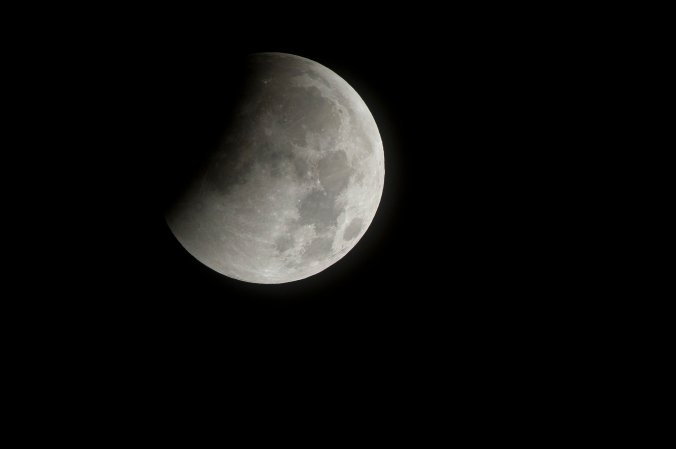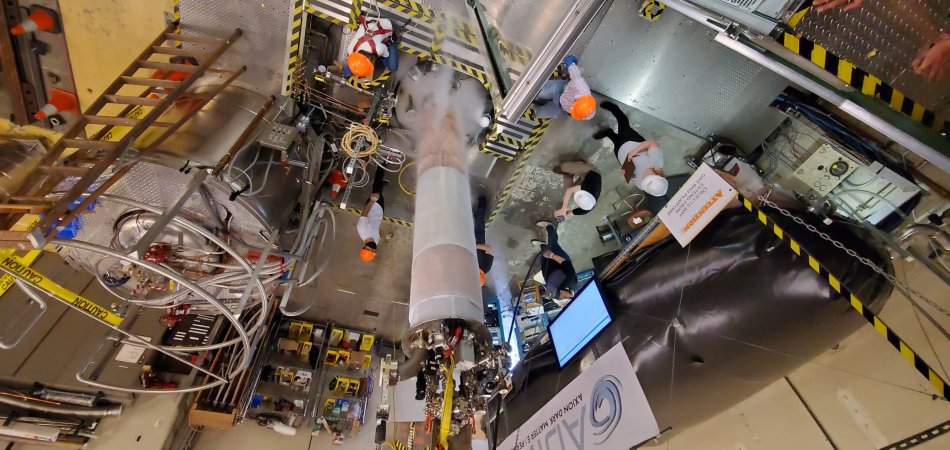About
Leto Sapunar is a freelance science journalist covering physics, space, climate, and science accountability since 2020. He has been writing for Popular Science since early 2021, and his work can also be found at Scientific American, Inside Climate News, and Retraction Watch, among other outlets. When he’s not working, he’s writing science fiction or climbing something, anything.
Experience
With a background in physics, Leto has always been interested in learning about hard subjects and making them accessible to others. Before becoming a full-time journalist, he taught at Astrocamp, a non-profit science camp in Idyllwild, California, where he learned to explain big ideas to diverse audiences. During his master’s in journalism at NYU he began freelancing and participated in a fellowship with Inside Climate News as well as internships with Retraction Watch and Alpinist Magazine.
After finishing his master’s in late 2020, Leto became a full-time freelancer, focusing on various topics including physics, space, and science accountability. He’s very knowledgeable about how science works (and doesn’t) through his undergraduate physics research and work with Retraction Watch—and he likes to “sanity check” rumors using math. His work has led to numerous retractions of bad studies and caused a high-profile researcher accused of fraud to step down from his position.
Education
Leto earned a bachelor’s in physics from Oregon State University as well as a master’s in science journalism from New York University’s Science, Health, and Environmental Reporting Program. He also minored in French and wrote an undergraduate thesis on his research in nanoelectronics.


















